while trade barriers can safeguard domestic industries and jobs, they can also lead to trade wars, increased consumer prices, and economic inefficiency. Balancing these factors is a significant challenge in the realm of international trade policy. Trade barriers have been central to the global commerce debate. While some argue they protect domestic industries, others contend they hinder global economic efficiency.
Types of Trade Barriers
Trade barriers can be categorized into tariff barriers and non-tariff barriers.
Tariff Barriers
Tariffs are taxes imposed on imported goods. They're categorized into:
- Ad Valorem Tariffs: These are charged as a percentage of the value of the imported good. For example, a 10% ad valorem tariff on a $100 imported good would result in a $10 tax.
- Specific Tariffs: These are charged as a specific amount per unit of the imported good. For example, a $5 specific tariff on a crate of imported oranges.
- Compound Tariffs: These are a combination of ad valorem and specific tariffs.
Non-Tariff Barriers
Non-tariff barriers are restrictions that are not in the form of taxes. They include:
- Quotas: These are limits on the quantity of a good that can be imported during a specific period.
- Embargoes: These are bans on trade with specific countries due to political or economic reasons.
- Standards: Technical, health, and safety standards can be used to limit imports. Imported goods that don't meet these standards are denied entry.
- Subsidies: Domestic producers receive financial assistance, making it difficult for foreign goods to compete.
Effects of Trade Barriers on Global Commerce
Trade barriers significantly impact global commerce. They can:
- Protect Domestic Industries: Barriers protect domestic industries from foreign competition, allowing them to grow and create jobs. For instance, the average tariff on agricultural products in the EU was 11.1% in 2019, protecting EU farmers from cheaper foreign produce.
- Retaliation and Trade Wars: Trade barriers can lead to retaliation from trading partners. The recent US-China trade war, which started in 2018, led to billions of dollars in tariffs on both sides.
- Increased Prices: Trade barriers often result in increased prices for consumers. For example, the U.S.'s steel tariffs in 2018 resulted in increased domestic steel prices.
- Reduced Efficiency By protecting inefficient domestic industries, trade barriers can reduce economic efficiency, leading to potential deadweight losses in the global economy.
Read more views
February 10, 2024

February 5, 2024
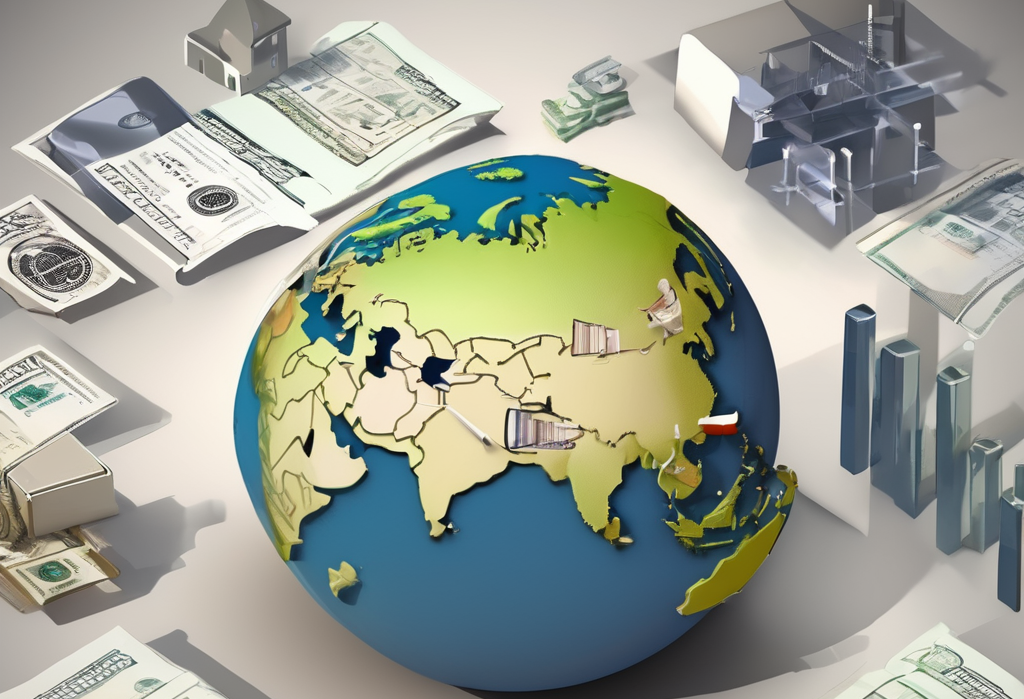
January 30, 2024

January 25, 2024

January 20, 2024

January 15, 2024

January 10, 2024
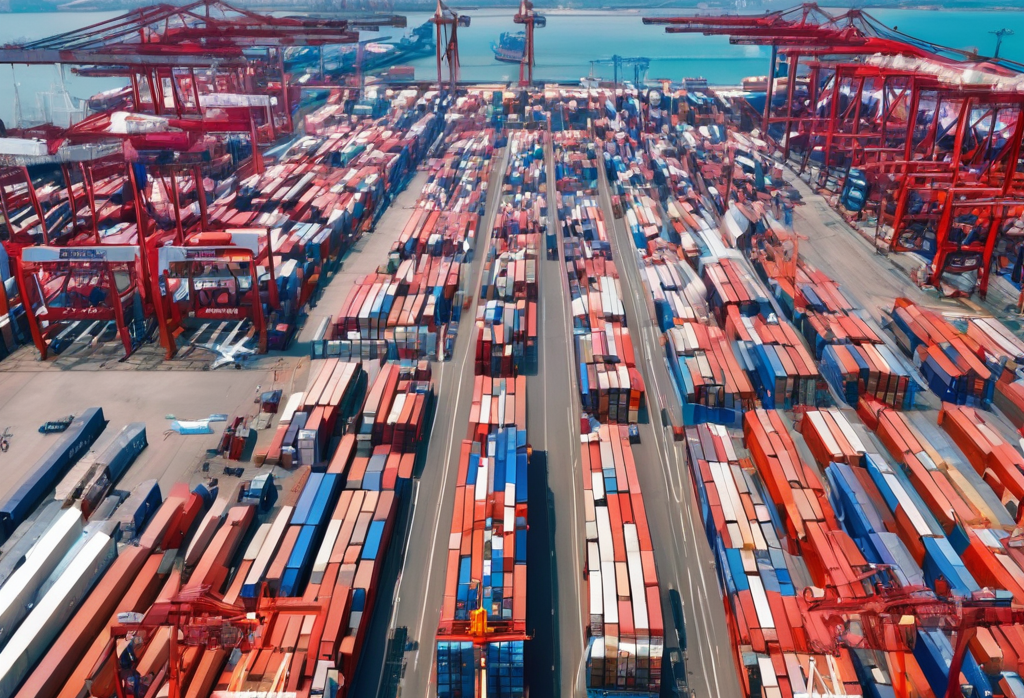
January 5, 2024
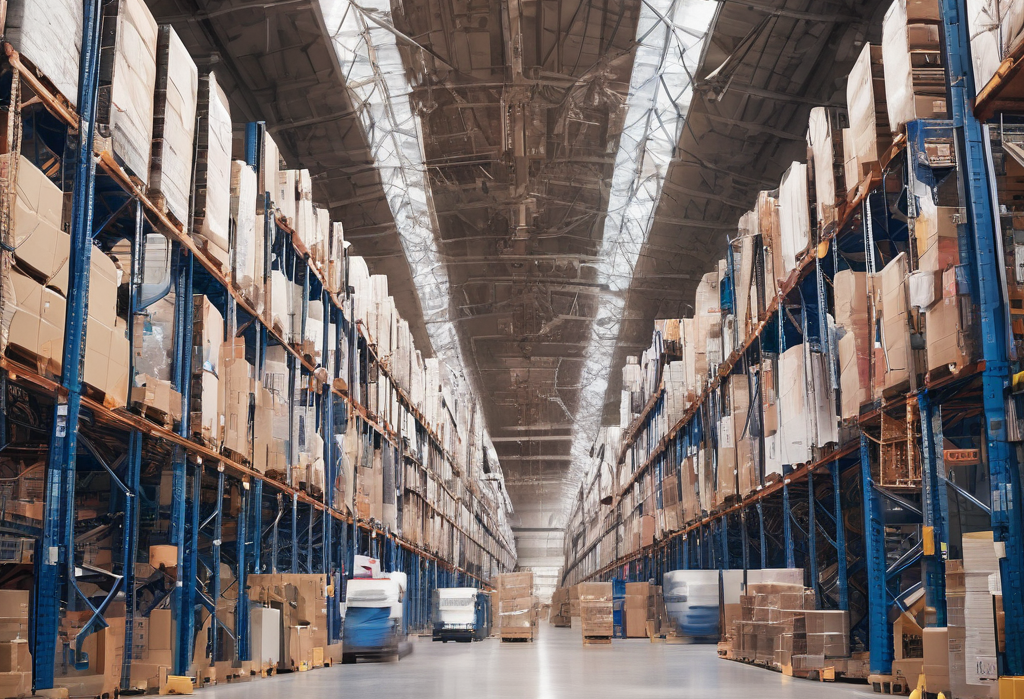
December 30, 2023

December 25, 2023

December 20, 2023

December 15, 2023

December 14, 2023

December 10, 2023

December 5, 2023

November 30, 2023

November 25, 2023
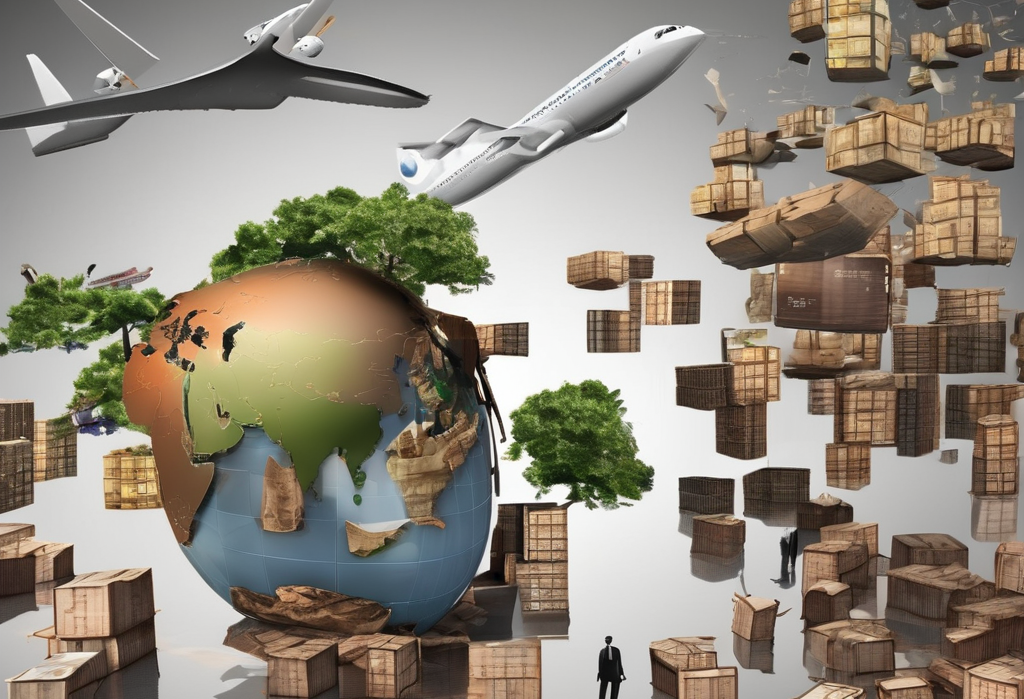
November 20, 2023

November 15, 2023

November 10, 2023

November 5, 2023

October 30, 2023

October 25, 2023

October 20, 2023

October 15, 2023

October 10, 2023

October 5, 2023
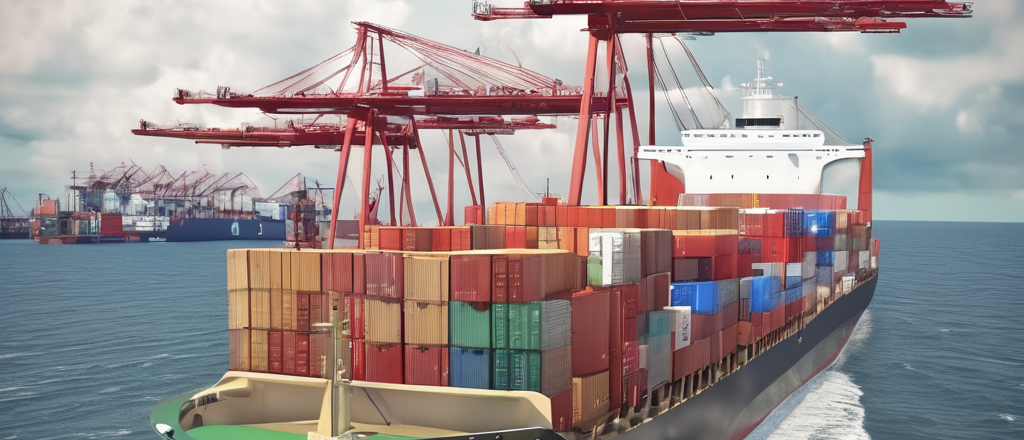
September 30, 2023

September 25, 2023

September 20, 2023

September 10, 2023

September 5, 2023

August 30, 2023
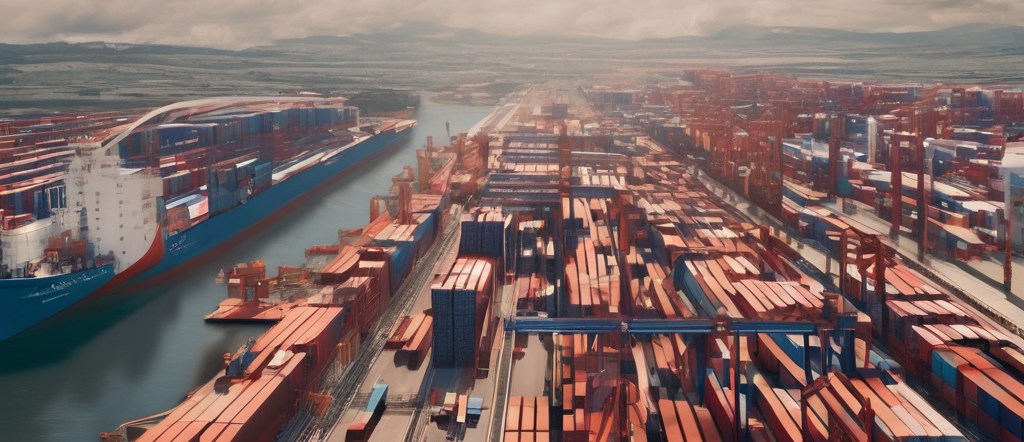
August 25, 2023

August 20, 2023

August 15, 2023
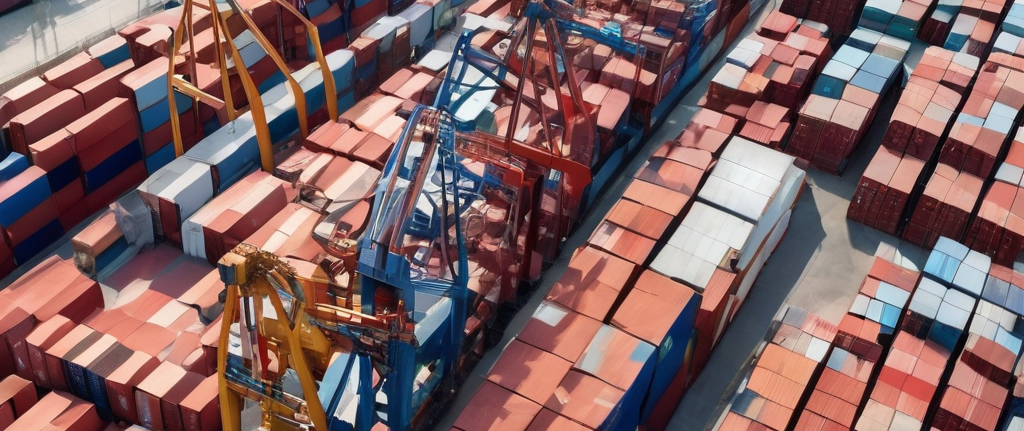
August 10, 2023

August 5, 2023

July 30, 2023

July 25, 2023

July 20, 2023
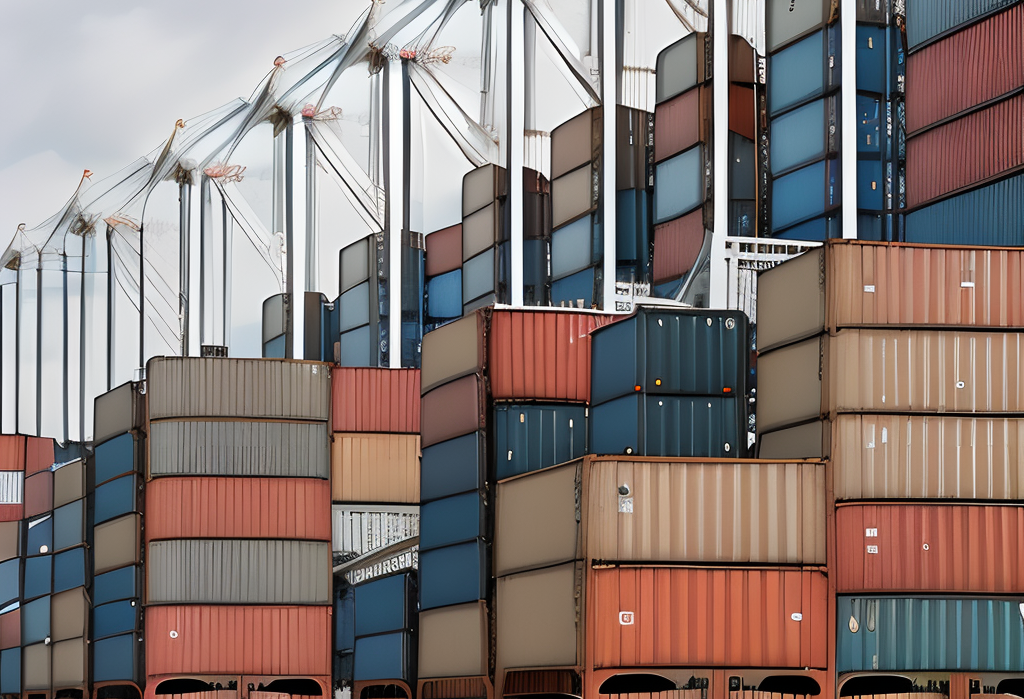
July 15, 2023
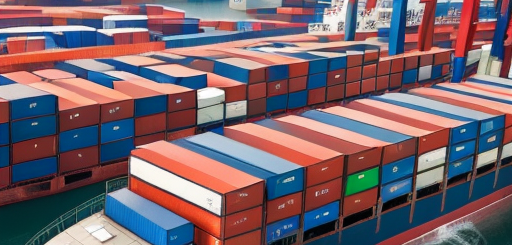
July 10, 2023

July 5, 2023

June 30, 2023
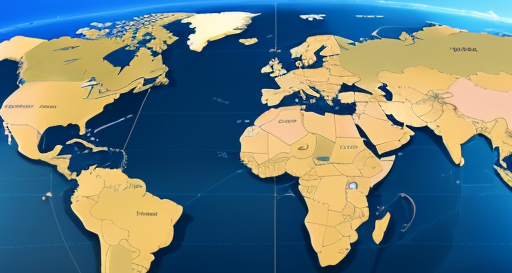
June 30, 2023

June 28, 2023

June 26, 2023

June 25, 2023

June 23, 2023

June 23, 2023

June 21, 2023

June 20, 2023
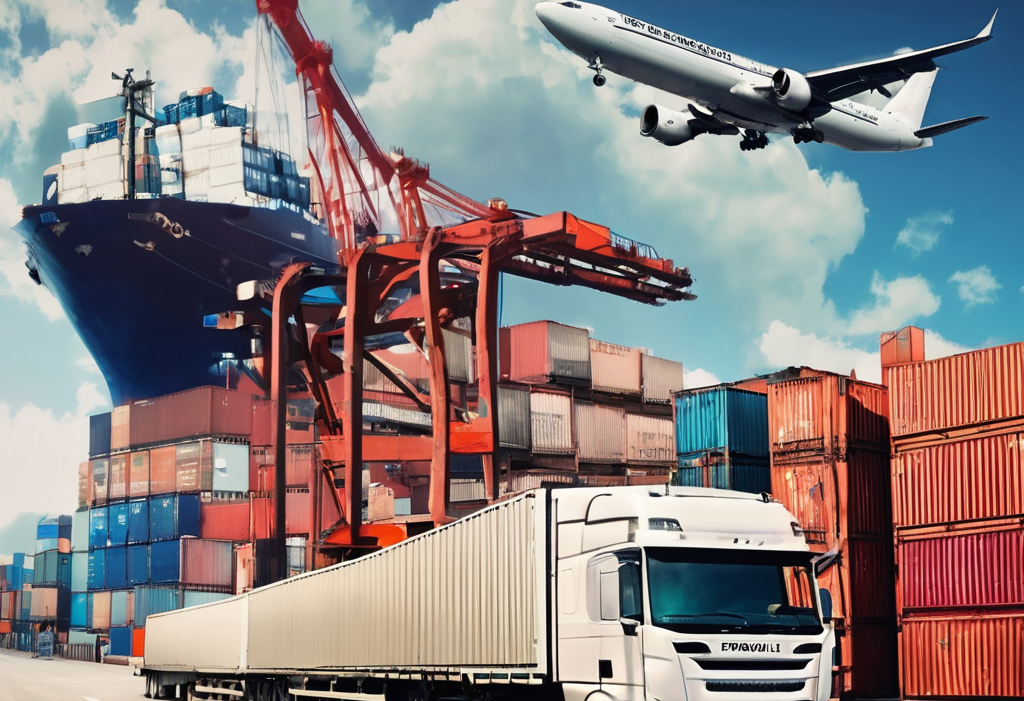
June 15, 2023

June 15, 2023

June 13, 2023

June 10, 2023

June 8, 2023

June 7, 2023

June 5, 2023

June 5, 2023

June 2, 2023
May 31, 2023

May 25, 2023

May 17, 2023

May 12, 2023

May 9, 2023

May 8, 2023

May 5, 2023

May 3, 2023
May 1, 2023

April 11, 2023

March 14, 2023
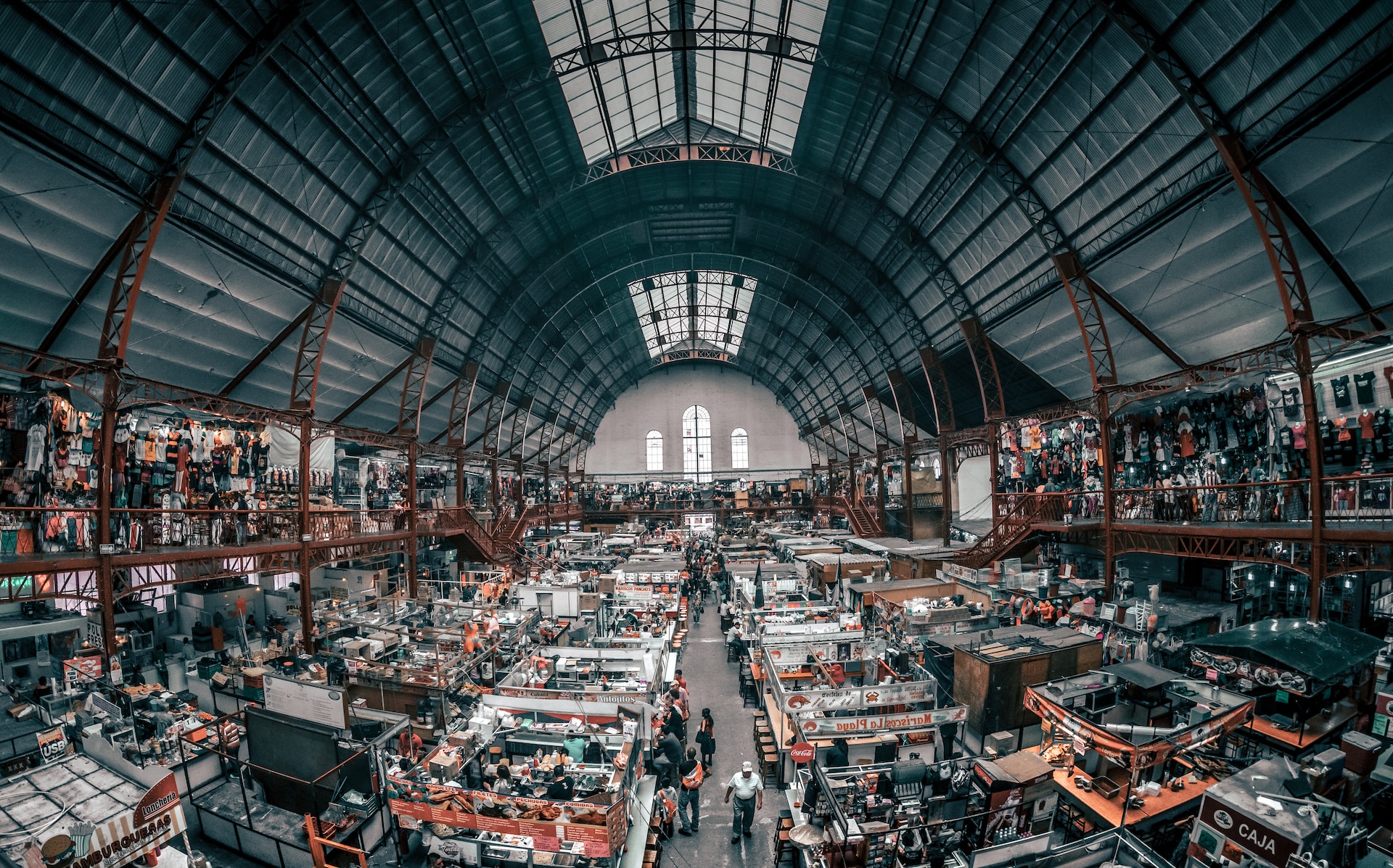
March 1, 2023

February 27, 2023

February 16, 2023

February 8, 2023

January 17, 2023

January 12, 2023

January 6, 2023


